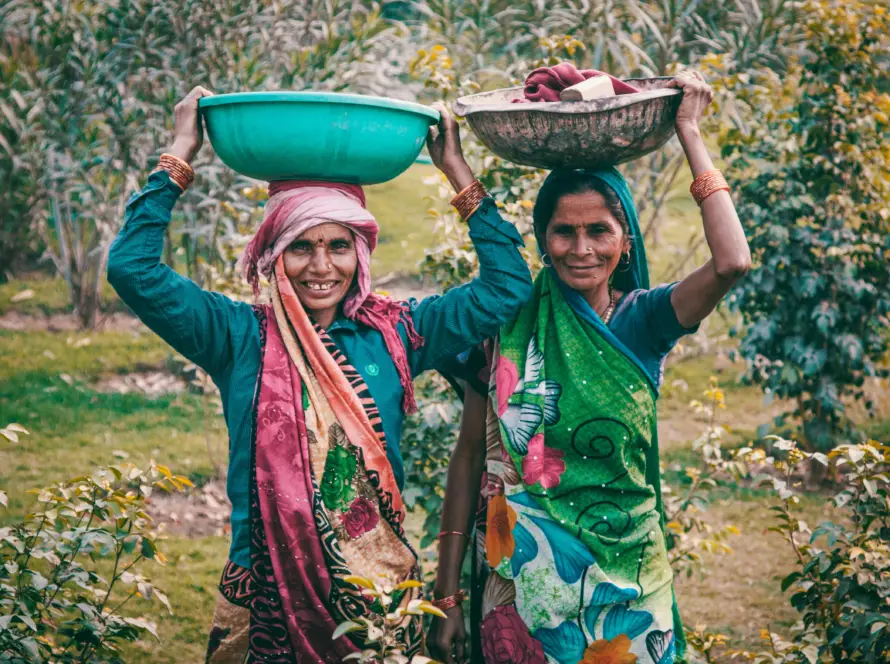Generated by Contentify AI
- Introduction
- Experience the beauty and vibrancy of India’s Holi Festival as we explore the vivid colors and cultural significance of this joyous celebration.
- Origins of Holi Festival
- Symbolism of Colors
- Traditional Holi Celebrations
- Modern-Day Holi Festivities
- Embrace the spirit of Holi and immerse yourself in the kaleidoscope of colors that make this festival a truly remarkable experience.
- Conclusion

Introduction
The Holi Festival of India is a vibrant celebration that showcases the beauty of culture through the vivid colors that fill the streets. This joyous occasion brings people together to embrace the spirit of Holi and immerse themselves in the kaleidoscope of colors that make this festival a truly remarkable experience. As we delve into the origins, symbolism, and traditional as well as modern-day festivities, the Holi Festival unveils a mesmerizing tapestry of hues that symbolize joy, love, and the triumph of good over evil.
Experience the beauty and vibrancy of India’s Holi Festival as we explore the vivid colors and cultural significance of this joyous celebration.
Experience the beauty and vibrancy of India’s Holi Festival as we explore the vivid colors and cultural significance of this joyous celebration. The Holi Festival, also known as the Festival of Colors, is a celebration of the arrival of spring and a time for people to come together in a spirit of unity and joy. The festival is renowned for the vibrant colors that fill the streets as people throw colored powders and water at each other, creating a mesmerizing spectacle of hues. These colors hold deep cultural significance, representing the various elements of nature and the diversity of the people who come together to celebrate. This explosion of colors is a visual representation of the festival’s theme of spreading love, joy, and the triumph of good over evil.
Origins of Holi Festival
The Holi Festival of India is a celebration known for its vibrant colors. The festival marks the arrival of spring and the end of winter, symbolizing the victory of good over evil. The origins of Holi date back to Hindu mythology, with the festival’s roots traced to various legends, including the story of Holika and Prahlad. These stories contribute to the rich cultural significance of the festival. Holi’s symbolism is deeply intertwined with its vivid colors, each representing different emotions and aspects of life. The traditional celebrations involve the throwing of colored powders and water, filling the air with a joyous and vibrant atmosphere. While modern-day Holi festivities have evolved with music, dance, and larger community gatherings, the essence of the festival remains rooted in the celebration of life through the expression of vibrant colors.
Symbolism of Colors
The Holi Festival of India is renowned for its vibrant and mesmerizing colors, which play a central role in the celebration. The significance of colors in Holi reflects various elements of nature and emotions. Each color holds symbolic meaning, representing different aspects of life and the triumph of good over evil. Red symbolizes love and fertility, blue represents the Hindu god Krishna, green symbolizes spring and new beginnings, and yellow signifies turmeric and religious significance. The throwing of colored powders and water during Holi is a joyous expression of these symbolic meanings, creating a visually stunning spectacle that embodies the essence of the festival. The vibrant colors of India’s Holi Festival serve as a vivid reflection of the joy, unity, and cultural richness that define this jubilant celebration.
Traditional Holi Celebrations
Traditional Holi Celebrations
The traditional celebrations of Holi are a captivating display of cultural richness and joy. The festivities typically begin with the lighting of bonfires on the eve of Holi, known as Holika Dahan, symbolizing the victory of good over evil. The following day, people gather in the streets, smearing each other with vibrant colored powders and drenching one another with water. The air is filled with laughter and music as communities come together to partake in the jubilant revelry. Traditional Holi celebrations also include the sharing of sweets and special Holi delicacies, adding to the festive spirit. The vibrant colors that adorn the faces and clothing of the participants create a mesmerizing sight, embodying the exuberance and unity that define the essence of the Holi Festival.
Modern-Day Holi Festivities
Modern-Day Holi Festivities
In contemporary times, the traditional Holi celebrations have evolved to incorporate modern elements while retaining the essence of the festival. Modern-day Holi festivities have expanded to include vibrant music, energetic dance performances, and larger community gatherings. This evolution has transformed the festival into a lively and inclusive celebration that attracts people from diverse backgrounds. Furthermore, social media has played a significant role in amplifying the vibrant colors and joyous spirit of Holi, as people capture and share the visually stunning moments with a global audience. The modern-day Holi celebrations continue to showcase the enduring significance of the vibrant colors and the cultural richness of India’s Holi Festival, making it a truly enchanting and unmissable experience for both locals and visitors.
Embrace the spirit of Holi and immerse yourself in the kaleidoscope of colors that make this festival a truly remarkable experience.
The Holi Festival, also known as the Festival of Colors, is a celebration of the arrival of spring and a time for people to come together in a spirit of unity and joy. The vibrant colors hold deep cultural significance, representing the various elements of nature and the diversity of the people who come together to celebrate. This explosion of colors is a visual representation of the festival’s theme of spreading love, joy, and the triumph of good over evil. The festival marks the arrival of spring and the end of winter, symbolizing the victory of good over evil. The origins of Holi date back to Hindu mythology, with the festival’s roots traced to various legends, including the story of Holika and Prahlad. These stories contribute to the rich cultural significance of the festival. Holi’s symbolism is deeply intertwined with its vivid colors, each representing different emotions and aspects of life. The traditional celebrations involve the throwing of colored powders and water, filling the air with a joyous and vibrant atmosphere. The significance of colors in Holi reflects various elements of nature and emotions. Each color holds symbolic meaning, representing different aspects of life and the triumph of good over evil. The throwing of colored powders and water during Holi is a joyous expression of these symbolic meanings, creating a visually stunning spectacle that embodies the essence of the festival. Traditional Holi celebrations are a captivating display of cultural richness and joy. The modern-day Holi celebrations continue to showcase the enduring significance of the vibrant colors and the cultural richness of India’s Holi Festival, making it a truly enchanting and unmissable experience for both locals and visitors.
Conclusion
The Holi Festival of India is a celebration known for its vibrant colors. The festival marks the arrival of spring and the end of winter, symbolizing the victory of good over evil. The origins of Holi date back to Hindu mythology, with the festival’s roots traced to various legends, including the story of Holika and Prahlad. These stories contribute to the rich cultural significance of the festival. Holi’s symbolism is deeply intertwined with its vivid colors, each representing different emotions and aspects of life. The traditional celebrations involve the throwing of colored powders and water, filling the air with a joyous and vibrant atmosphere. While modern-day Holi festivities have evolved with music, dance, and larger community gatherings, the essence of the festival remains rooted in the celebration of life through the expression of vibrant colors. The significance of colors in Holi reflects various elements of nature and emotions. Each color holds symbolic meaning, representing different aspects of life and the triumph of good over evil. The throwing of colored powders and water during Holi is a joyous expression of these symbolic meanings, creating a visually stunning spectacle that embodies the essence of the festival. Traditional Holi celebrations are a captivating display of cultural richness and joy. The modern-day Holi celebrations continue to showcase the enduring significance of the vibrant colors and the cultural richness of India’s Holi Festival, making it a truly enchanting and unmissable experience for both locals and visitors.
Discover Our IT Services
Explore our secure IT solutions, domain registration, web hosting, and SEO services to take your business digital and unlock its potential.



